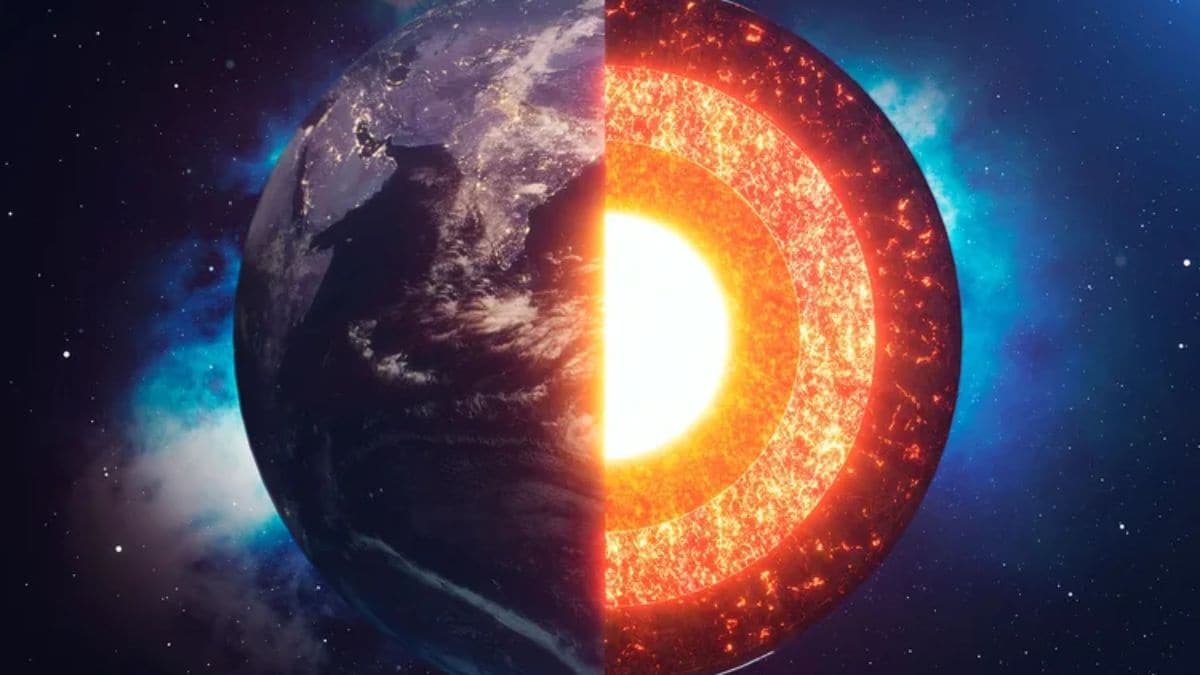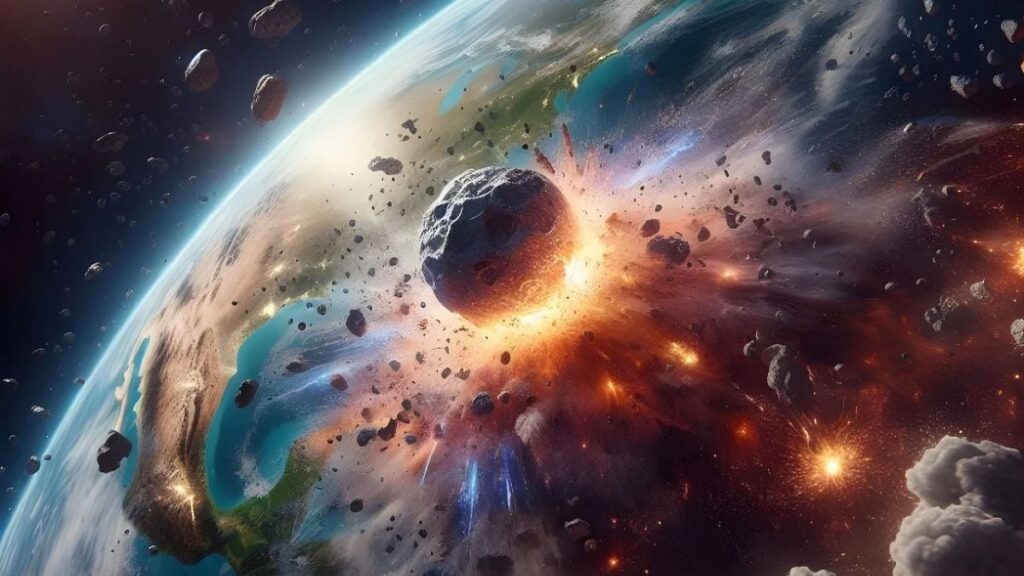Now Reading: Earth’s Hidden Giants: The Mystery of Ancient Mantle Structures
-
01
Earth’s Hidden Giants: The Mystery of Ancient Mantle Structures
Earth’s Hidden Giants: The Mystery of Ancient Mantle Structures

Recent research has uncovered surprising details about massive, ancient structures buried deep within the Earth’s mantle. These structures, known as large low-seismic-velocity provinces (LLSVPs), are continent-sized formations believed to be over a billion years old. Scientists have been trying to unlock the secrets of these mysterious formations, which lie around 3,000 kilometers below the Earth’s surface, at the boundary between the mantle and the outer core. So far, these structures have left geologists with more questions than answers.
The Enigma of LLSVPs
LLSVPs are unlike anything else in the mantle. When seismic waves, generated by earthquakes, pass through them, they slow down significantly. This suggests that the formations have unique physical and chemical properties compared to the rest of the mantle. However, scientists recently found something even more puzzling: the seismic waves lose less energy as they pass through these regions, contrary to what they expected.
Arwen Deuss, a seismologist at Utrecht University in the Netherlands, who contributed to the study, noted that this unusual energy behavior was not just a result of temperature differences. Instead, it hints at other factors influencing the behavior of these formations. This finding has opened a new chapter in understanding how these structures interact with the Earth’s interior.
The Role of Crystal Size
New computer models have given scientists a better understanding of why LLSVPs behave the way they do. These models suggest that the mineral composition within these structures could explain the observed seismic wave behavior. Specifically, the size of the crystals in the LLSVPs plays a crucial role. Smaller crystals, which are more common in the surrounding mantle, cause seismic waves to lose more energy as they pass through due to the presence of more grain boundaries.
In contrast, the LLSVPs contain much larger crystals that have remained undisturbed for billions of years. These larger crystals allow seismic waves to pass through with less resistance. This discovery has provided a significant breakthrough in understanding the complex relationship between the Earth’s mantle and the seismic waves that travel through it.
A Window into Earth’s Past
LLSVPs are believed to be older and hotter than the surrounding mantle. This new research confirms that they could be more than a billion years old, shedding light on the history of Earth’s geology. These structures are thought to play a role in the movement of tectonic plates and volcanic activity. In fact, some volcanic eruptions around the world could be linked to mantle plumes originating from these deep mantle formations.
While these massive structures remain enigmatic, scientists are eager to learn more. The confirmation of their ancient age provides a new perspective on Earth’s long-term geological processes. Future studies are expected to focus on how LLSVPs have influenced tectonic movements and the behavior of the mantle over time.
The Bigger Picture: Earth’s Geological Puzzle
These deep mantle structures are a critical part of understanding Earth’s geological history. They may hold answers to questions about the planet’s formation, its internal dynamics, and the forces that shape the surface we live on. Scientists hope that continued research will offer more clarity about their origin and role in the planet’s evolution.
By studying these structures, we are not only learning about the Earth beneath our feet, but we are also gaining insights into the complex forces that have shaped our world for billions of years. The study of LLSVPs is an exciting frontier in Earth science, and it promises to unravel some of the deepest mysteries about the planet’s interior.
The discovery of these ancient structures beneath the Earth’s surface is a step forward in unraveling the secrets of our planet’s geological past. The research has uncovered not only their age but also the factors that influence their behavior. As scientists continue to explore the mysteries of LLSVPs, we can expect even more groundbreaking discoveries that will shed light on Earth’s history and how its interior processes continue to shape our world.
What do you think about these ancient structures deep inside Earth? Could these findings offer more answers about our planet’s past? Let us know your thoughts, and stay tuned for more updates on this fascinating topic.























